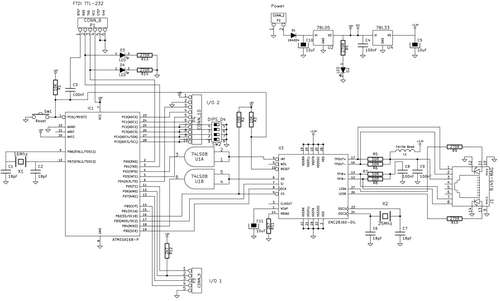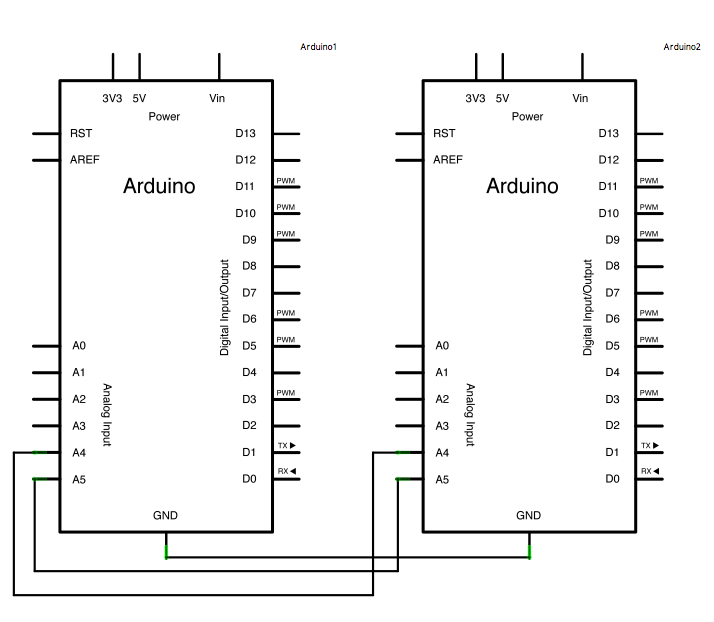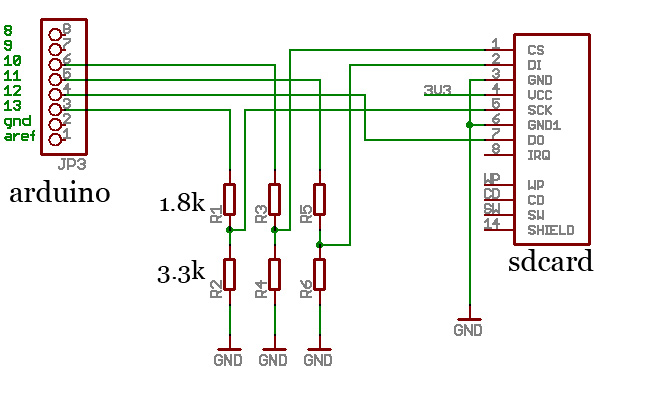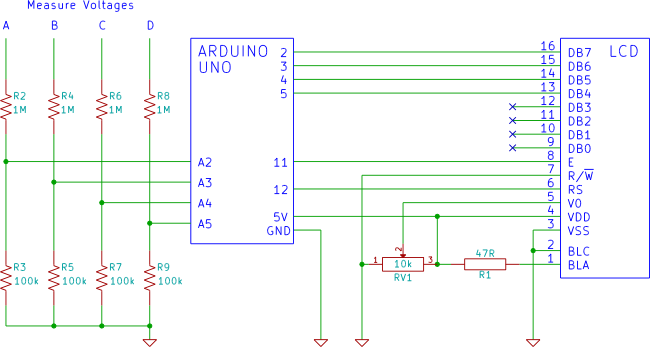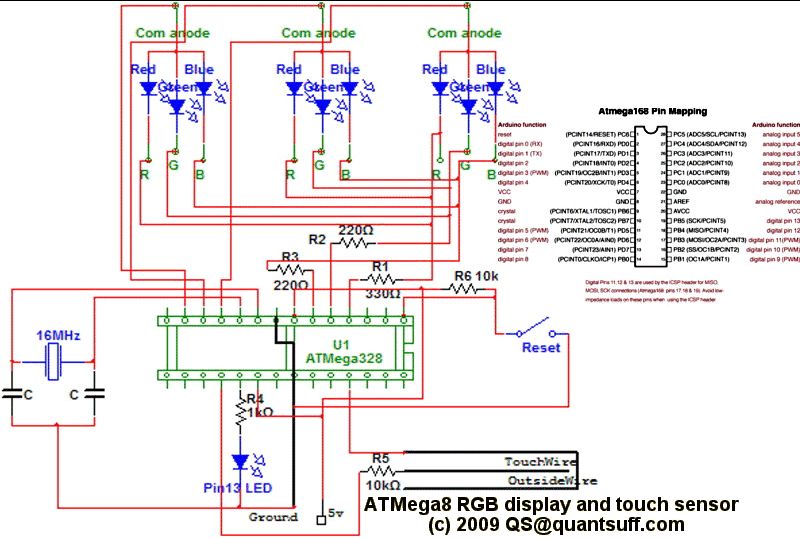
Auto-Fill Valve with Arduino
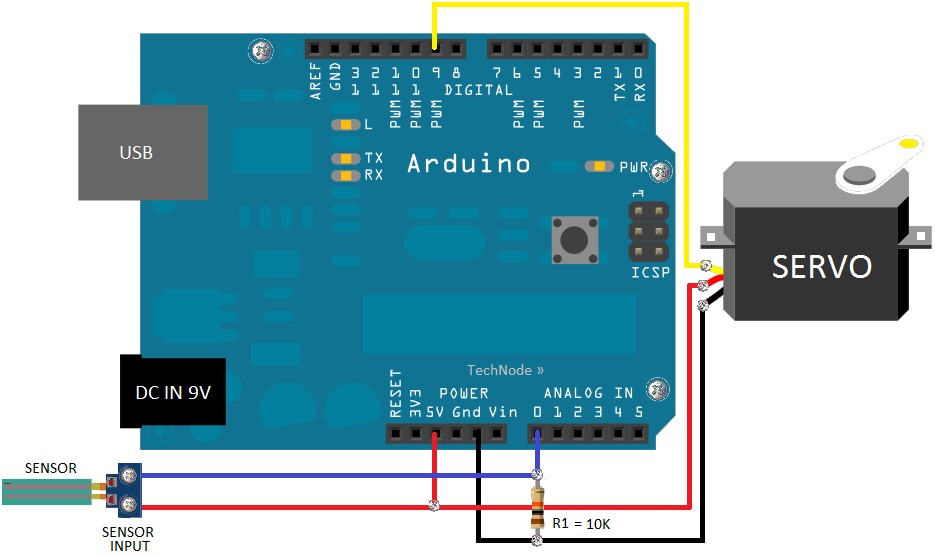
Part fill valves are commonly utilized in rainwater tanks. The valve activates when the water level in the tank drops to a low position.
Part fill valves play a crucial role in the management of water levels in rainwater harvesting systems. These valves are designed to maintain an optimal water level in storage tanks, ensuring efficient use of collected rainwater. The operational mechanism of a part fill valve involves a float that rises and falls with the water level. When the water level decreases to a predetermined low point, the float triggers the valve to open, allowing water to flow into the tank until the desired level is reached.
The construction of a part fill valve typically includes a body made from durable materials resistant to corrosion, such as PVC or brass, and a sealing mechanism that ensures no leakage occurs when the valve is closed. The float assembly is often designed to be lightweight and buoyant, allowing for sensitive and accurate response to changes in water level.
In addition to the basic functionality, part fill valves can be integrated with electronic control systems for enhanced automation. Such systems can include sensors that monitor the water level continuously, providing real-time data and enabling remote management of the water supply. This integration can lead to improved water conservation and efficiency in the use of rainwater systems, particularly in areas where water resources are limited.
The installation of part fill valves should consider factors such as tank size, expected rainfall, and water usage patterns to ensure optimal performance. Proper maintenance is also essential to ensure longevity and reliability, which may include periodic checks for any blockages or wear in the valve mechanism.Part Fill valves are widely used in Rainwater tanks. The valve will open once the water level in the tank has fallen to a low posit.. 🔗 External reference
Part fill valves play a crucial role in the management of water levels in rainwater harvesting systems. These valves are designed to maintain an optimal water level in storage tanks, ensuring efficient use of collected rainwater. The operational mechanism of a part fill valve involves a float that rises and falls with the water level. When the water level decreases to a predetermined low point, the float triggers the valve to open, allowing water to flow into the tank until the desired level is reached.
The construction of a part fill valve typically includes a body made from durable materials resistant to corrosion, such as PVC or brass, and a sealing mechanism that ensures no leakage occurs when the valve is closed. The float assembly is often designed to be lightweight and buoyant, allowing for sensitive and accurate response to changes in water level.
In addition to the basic functionality, part fill valves can be integrated with electronic control systems for enhanced automation. Such systems can include sensors that monitor the water level continuously, providing real-time data and enabling remote management of the water supply. This integration can lead to improved water conservation and efficiency in the use of rainwater systems, particularly in areas where water resources are limited.
The installation of part fill valves should consider factors such as tank size, expected rainfall, and water usage patterns to ensure optimal performance. Proper maintenance is also essential to ensure longevity and reliability, which may include periodic checks for any blockages or wear in the valve mechanism.Part Fill valves are widely used in Rainwater tanks. The valve will open once the water level in the tank has fallen to a low posit.. 🔗 External reference
